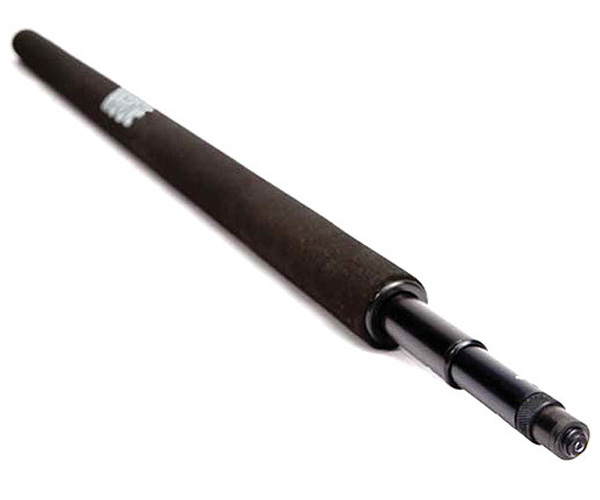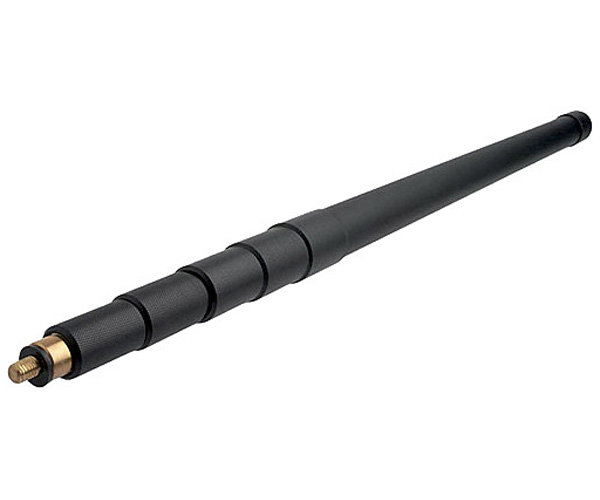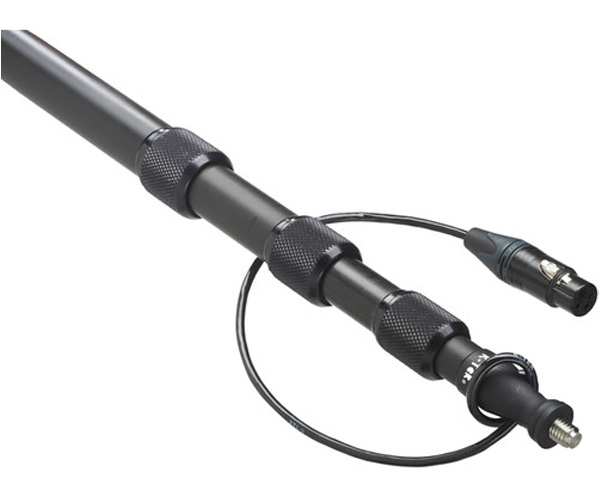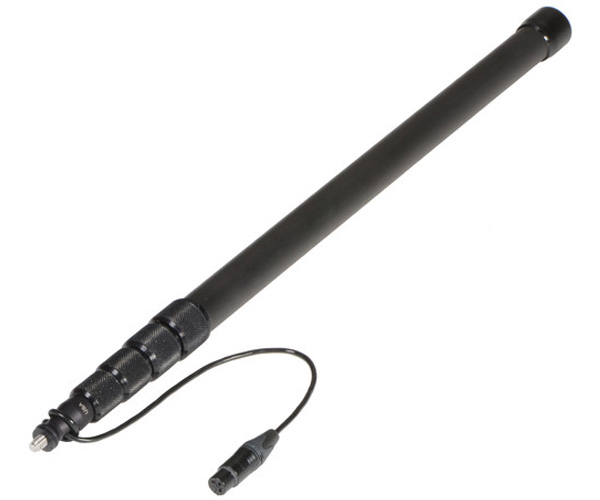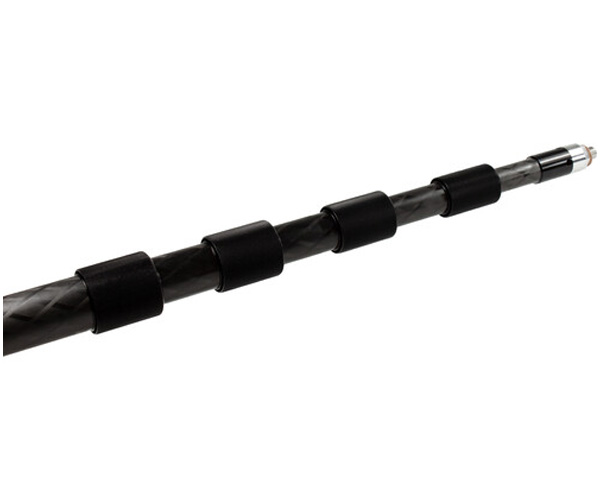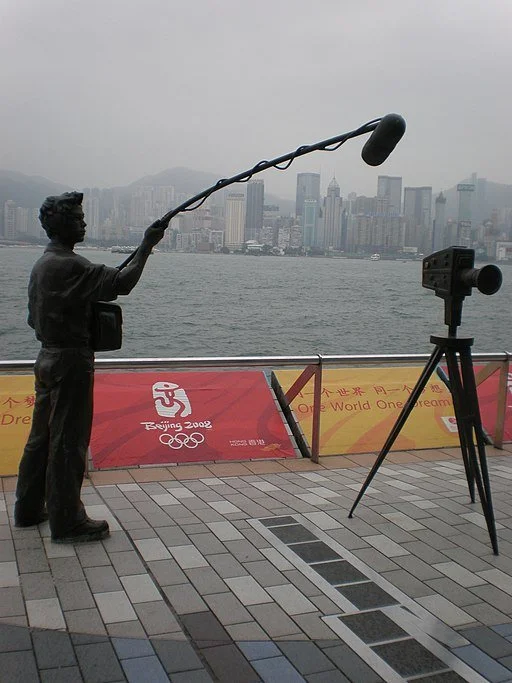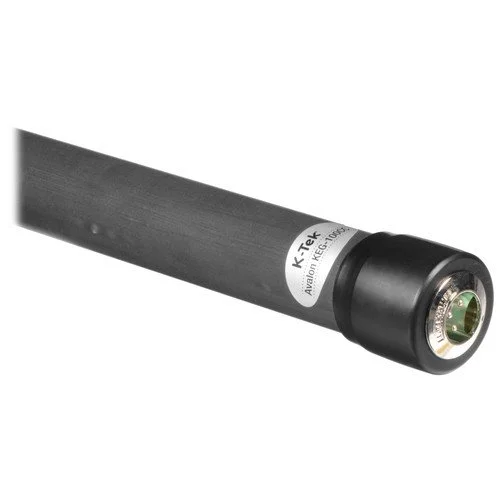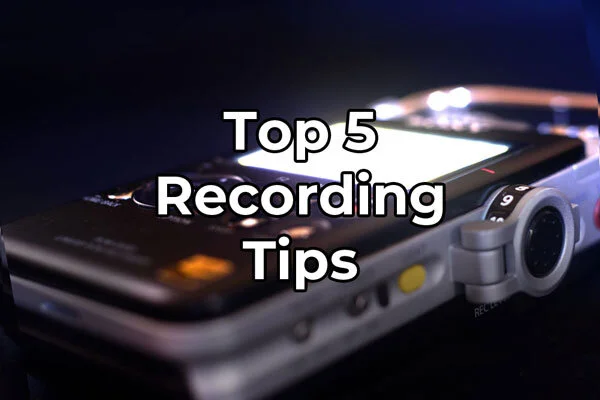Best Boom Pole: From Budget To Pro | Location Sound Gear
Everything you need to know about boom poles before purchasing.
This article will teach you everything you need to know about boom poles so you can purchase the best one for your unique needs.
If you are new to location sound, I suggest you read this post from top-to-bottom. In doing so, you’ll fully understand the most important boom pole features to consider and be able to discern which one is best for your work.
If you are simply looking for a professional’s recommendations on the best boom poles, please see the comparison table below.
Compare Models
FAQ: Boom Poles
-
A boom pole is an audio tool used to position a microphone closer to a sound source.
Since audio quality generally increases the closer the microphone is to its subject, boom poles are used to maximize audio quality while minimizing distracting background noise.
-
Boom poles are most commonly used for recording dialog on film and TV sets.
They are also used by YouTubers and other content creators
They are typically held above the action, with the microphone pointing towards the ground.
This orientation maximizes the sound quality of the actors voices while minimizing the background sounds of the environment and electronic noise called “self-noise”.
-
Boom poles are made of three different materials:
• Plastic: The most affordable option. Cheap, lightweight, bendy, unreliable.
• Aluminum: Good balance between cost, performance, and weight. Sturdy, lightweight, dependable.
• Carbon Fiber: The premier boom pole material. Very lightweight, sturdy, quiet, and resilient.
-
Depending on the length and material, boom poles generally range in weight from 1 to 3 pounds
-
The best length for a boom pole is the shortest length that keeps the boom and mic out of the shot.
This will give you the best audio quality while minimizing the weight for long days on set.
If you often need a boom for very wide shots, a 12’-20’ boom will be best.
For an all-purpose boom that should cover 90% of shots, a telescoping 12’ boom is best.
-
Holding the boom pole comfortably, over your head, with both arms extended upwards, and with minimal movement is ideal.
When holding a boom pole, you must keep it out of the shot; point the mic at the subject; keep handling noise and movement to a minimum, and keep yourself out of the way as much as possible.
-
The best boom pole money can buy is the Ambient QP5100.
It’s made of lightweight carbon fiber, extends from 3.4’-13.2’, and has fast and silky-smooth telescoping sections.
Important Boom Pole Features to Consider
Before you purchase a boom pole, it’s important that you fully understand the following boom pole specifications and their implications:
• Length
• Material
• Weight
• Internal Cable
When you understand these features, you can truly make the best purchase for your unique needs.
Length
Selecting a boom pole length should be your first consideration when shopping for a new boom.
If your boom is too short, you will struggle to keep it out of the shot and possibly lose your job if you’re on a commercial set.
If your boom is too long, your audio quality and arms will suffer with the increased distance to the talent and weight of the pole after prolonged use.
The key to selecting the best boom pole length is in knowing what shots you primarily work with.
Get the best boom pole you can afford that will cover 90% of your required shots. For the last 10%, consider purchasing an additional pole now, or down the line in your sound career.
As previously stated: “The best length for a boom pole is the shortest length that keeps the boom and mic out of the shot.”
This will give you the best audio quality while minimizing the weight for long days on set.
If you often need a boom for very wide shots, a 12’-20’ boom will be best.
For an all-purpose boom that should cover 90% of your shots, a telescoping 12’ boom is best.
Material
Boom poles come in three different materials:
1. Plastic
2. Aluminum
3. Carbon Fiber
Plastic boom poles are the cheapest and lowest quality material out of the three.
Although they can be adequate for short boom lengths, longer plastic booms experience extreme bowing. Because plastic booms aren’t very sturdy, the longer their length, the more they will bend. This can make them extremely difficult and exhausting to keep out of the shot.
Aluminum boom poles are a good balance between cost, sturdiness, and performance.
The biggest downside to aluminum poles is that they are extremely susceptible to handling noise. Every finger and cable movement will be transferred to your microphone, even if the mic is shock mounted…trust me.
Carbon fiber boom poles are the premier material and choice of professionals.
They are ultralightweight, very sturdy, and less susceptible to handling noise than aluminum booms.
Weight
Closely tied to material is weight, an important boom pole specification to consider before purchasing.
If you are a hobbyist filmmaker or content creator, weight is less important. With your time on set likely being relatively short, a boom pole on the heavier side won’t impact your booming performance.
However, for professionals who spend many hours working on set, boom pole weight is extremely important.
If you fall into the latter category, make sure you purchase a boom that is less than two pounds.
*TIP: If using a telescoping boom, extend the sections furthest away from the bottom of the pole first. This will keep the boom’s center of gravity closer to where your hands will be, making the job of keeping the boom raised much easier, especially for prolonged periods.
Internal Cable
Some boom poles offer the option of having an XLR cable inside the boom itself.
Not only does this feature help keep cable management nice and tidy, it can also eliminate cable noise caused by the XLR cable knocking into the boom pole while queuing.
To provide this feature, manufacturers install a tightly coiled XLR cable into the telescoping sections of the boom.
While many boom pole makers offer this feature, it’s best to select one from a top-end brand. Lesser quality booms with internal cables tend to generate a lot of cable noise because there is a gap between the cable and the internal walls of the boom sections. I recommend only splurging for this feature from brands like K-Tek and Ambient, some of the best boom pole manufacturers in the game.
Best Boom Pole for Location Sound
Below you’ll find my recommendations for the best boom poles on the market. They’re sorted into the following categories:
Best Budget Boom Pole
The Rode Micro Boom Pole is the best boom pole for those with small budgets.
For well under $100, you get a lightweight and precision balanced, anodized aluminum pole, with intuitive twist locks for smooth extension.
The ergonomic grip handle is comfortable to hold and the foam absorbs and reduces handling noise.
With three telescoping sections, the Micro Boom can cover a wide variety of shot lengths anywhere from 2.7’-6.6’.
Though the Rode Micro Boom offers a lot of value, it’s not built to last and the locking mechanism will eventually wear out.
| Length | Material | Weight | Thread | Internal Cable |
|---|---|---|---|---|
| 2.67'-6.75' | Aluminum | 12.7 oz | 3/8" | No |
Best Value Boom Pole
The Rode Boom Pole offers the most value for its price in comparison to its competitors.
Extending from just 33 inches all the way to 10 feet, the Rode Boom Pole is extremely versatile and can easily be packed away for travel.
Made from aluminum, its five telescoping sections have little to no bowing when fully extended.
Same as the Rode Micro, the Rode Boom Pole also features a foam grip that is comfortable to hole and minimizes handling noise.
Weighing in at two pounds, the Rode Boom Pole can be tiring to use for extended periods.
| Length | Material | Weight | Thread | Internal Cable |
|---|---|---|---|---|
| 33"-10' | Aluminum | 32 oz | 3/8" | No |
Best Professional Boom Pole
The K-Tek KE 89CC is designed and built for professionals.
Moderately priced and lightweight, the 89CC is a great solution for ENG, EFP, and other field recording applications.
Its sturdy aluminum design is tough enough to endure the rigors of road use, while remaining lightweight and travel-worthy.
This pole features an internal coiled cable and an XLR connection at the base of the pole. A total of four aluminum sections telescope between 2' 5" to 7' 6" and will easily store in any standard equipment case.
The captive-collet coupling system locks each section in place for even further reliability and will last for years to come.
B&H Photo offers the K-Tek KE89CC in different lengths, bottom or side cable outlet, and options for straight/coiled or no internal cable.
| Length | Material | Weight | Thread | Internal Cable |
|---|---|---|---|---|
| 2'5"-7'6" | Aluminum | 17.6 oz | 3/8" | Yes |
Best Carbon Fiber Boom Pole
The K-Tek KEG 100CC is the best value carbon fiber boom pole on the market.
Its sturdy graphite design is tough enough to endure the rigors of road use while remaining lightweight and travel worthy.
This pole features an internally coiled cable and an XLR connection at the base of the pole. A total of 5 sections telescope between 2.2 to 8.8', and will easily store in any standard equipment case.
The captive-collet coupling system locks each section in place for even further reliability.
B&H Photo offers several options of the KEG 100CC that vary in length and bottom/side exit cable outlets.
| Length | Material | Weight | Thread | Internal Cable |
|---|---|---|---|---|
| 2.2'-8.8' | Carbon Fiber | 20.2 oz | 3/8" | Yes |
Best Overall Boom Pole
The Ambient QP5100 is the best overall boom pole.
Designed for discerning and demanding professional boom operators and location sound recordists, the Ambient Recording QP5100 QuickPole Series 5 carbon fiber 5-section boompole offers the ultralight weight of Ambient's QXS poles and the stability of their QP series booms.
The QP5100's new design features a tube made from a custom carbon fiber compound with UHM fiber layering and anti-twist mechanisms that use serrations instead of retention pins, yielding impressive sturdiness and effortless maintenance. Additional design enhancements allow the QP5100 to lock and unlock with a mere quarter turn to easily and quickly extend and collapse.
Thanks to the removable tip and separately available cable sets, the QP5100 can easily be configured for internal cabling, no soldering required.
B&H Photo offers the QP5100 in different extendable lengths to match your needs.
| Length | Material | Weight | Thread | Internal Cable |
|---|---|---|---|---|
| 3.4'-13.2' | Carbon Fiber | 26.9 oz | 3/8" | Yes (not included) |
Support Acoustic Nature
If you enjoyed this post and would like to help support Acoustic Nature, please consider "buying me a coffee" or becoming a Patreon with the buttons below.
As a thank you for your support, Patreon supporters receive a copy of Field Recording For Beginners, exclusive access to the full Behind The Sounds video series, nature sound library downloads, and more.
If you are unable to support the site financially, please share this post with others, or leave a comment below letting me know you enjoyed this post! Both are free and help the website grow. Thank you ♫
Thanks for reading,
-Jared


